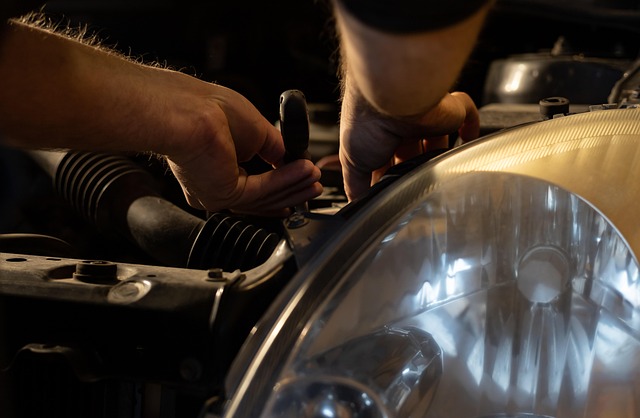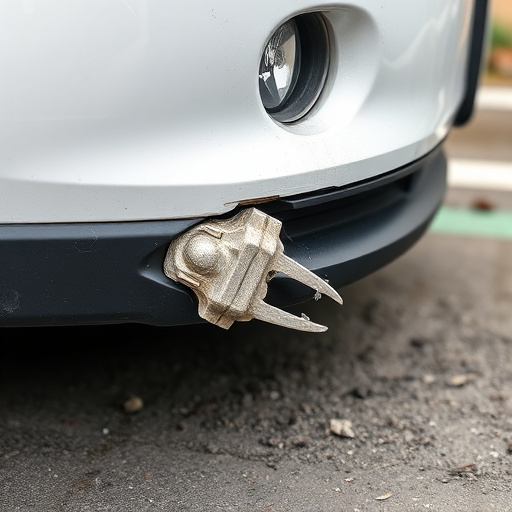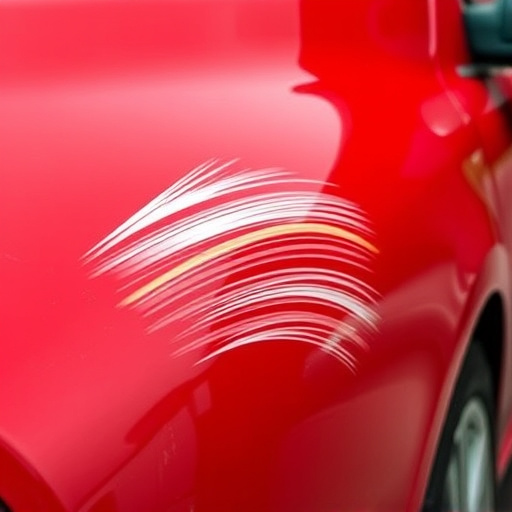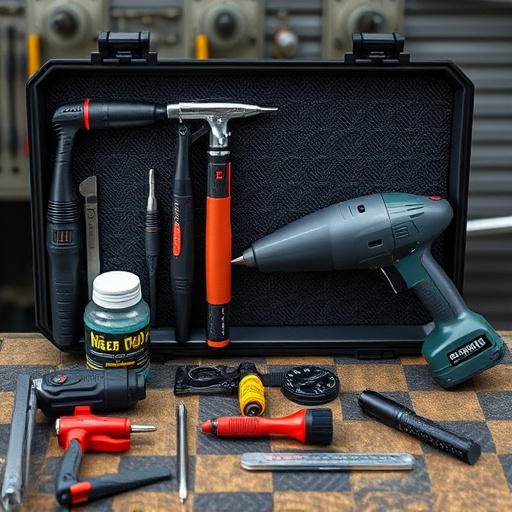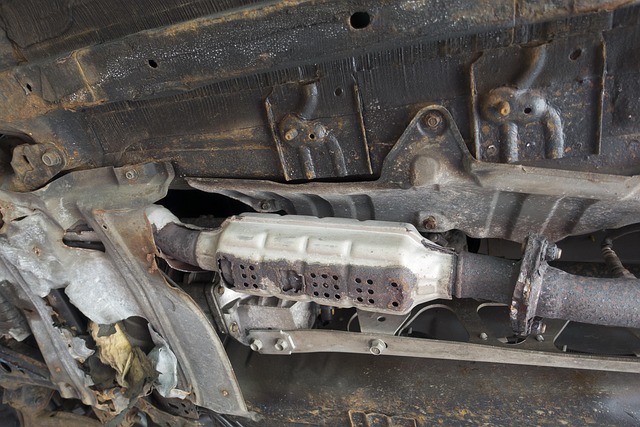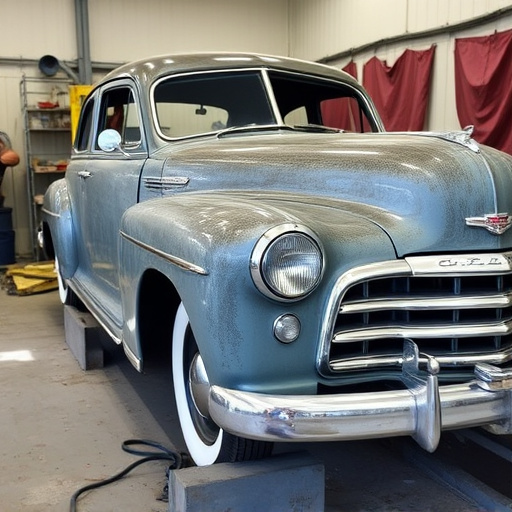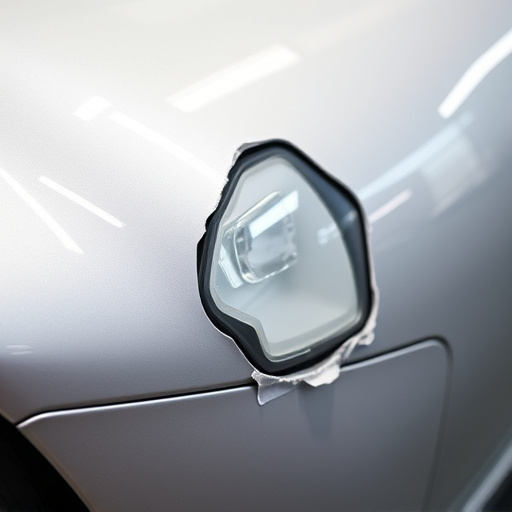Digital measuring systems have transformed vehicle repair, especially auto body work, by offering unparalleled accuracy and efficiency. These technologies enable detailed damage assessment, facilitating informed decision-making for technicians. Implementation brings numerous advantages, including faster turnaround times, enhanced communication, and high customer satisfaction standards, positioning auto body shops as leaders in quality repairs. While initial costs and training are obstacles, the benefits of precision, speed, and improved repair quality make gradual adoption and best practices crucial for success.
Digital measuring systems are transforming repair quality by offering precise, data-driven insights. This article explores how these innovative technologies, characterized by their accuracy and efficiency, can significantly enhance repair processes across various industries. We delve into the benefits of implementing digital measuring systems, from improved precision to streamlined workflows, and discuss best practices for seamless integration. Understanding these systems is crucial for anyone aiming to optimize repair quality in today’s technological landscape.
- Understanding Digital Measuring Systems and Their Role in Repair Quality
- Benefits of Implementing Digital Measuring Systems for Repairs
- Challenges and Best Practices for Incorporating Digital Measuring Systems into Repair Processes
Understanding Digital Measuring Systems and Their Role in Repair Quality
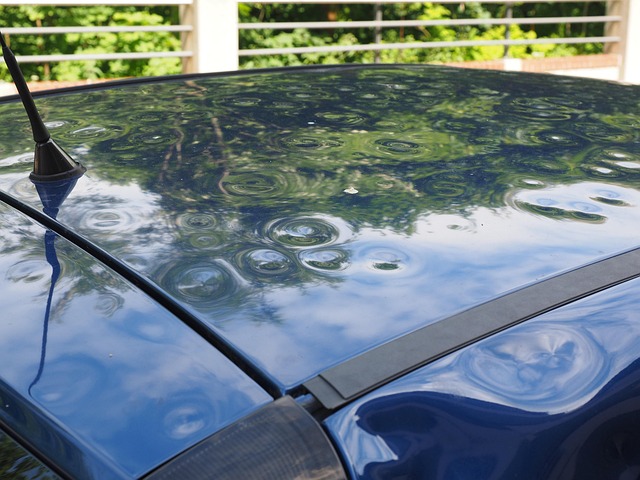
Digital measuring systems have transformed the landscape of vehicle repair, particularly in auto body shops focusing on precise and effective vehicle paint repair. These innovative technologies offer a new level of accuracy and efficiency compared to traditional manual methods. By utilizing advanced sensors and software, digital measuring systems capture intricate details of a vehicle’s surface, enabling technicians to make informed decisions during the repair process. This technology plays a pivotal role in ensuring that every auto body shop can deliver high-quality repairs with consistent outcomes.
The integration of these systems allows for precise measurements of damage, which is crucial when it comes to vehicle repair. With digital data, auto body shop technicians can quickly assess and document the extent of the issue, facilitating effective planning and resource allocation. Moreover, these systems enhance communication among team members, ensuring everyone works from the same accurate information. This streamlined approach translates to faster turnaround times and higher customer satisfaction, solidifying the reputation of the auto body shop as a leader in quality repairs.
Benefits of Implementing Digital Measuring Systems for Repairs

Implementing digital measuring systems in car body shop services offers a multitude of benefits for improving repair quality. These advanced tools provide precise and accurate measurements, enabling technicians to make informed decisions during the auto bodywork process. With digital systems, every detail is captured, from panel gaps to paint thickness, ensuring that repairs meet the highest standards.
Moreover, digital measuring systems streamline workflows in body shops. They reduce manual errors, save time, and enhance overall efficiency. By quickly accessing precise data, technicians can identify potential issues early on, preventing costly mistakes. This not only benefits the car body shop but also guarantees customer satisfaction by delivering flawless repairs.
Challenges and Best Practices for Incorporating Digital Measuring Systems into Repair Processes
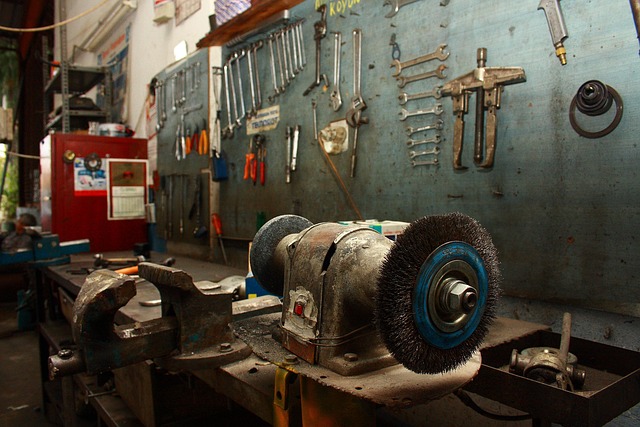
Incorporating digital measuring systems into auto body repair processes presents both opportunities and challenges. One of the main hurdles is the initial cost and training required to adopt new technologies, especially for smaller body shop services. However, the benefits are significant, including enhanced precision, faster turnaround times, and improved overall repair quality. Car bodywork repairs can benefit from highly accurate digital measurements that capture intricate details, enabling more precise repairs and restorations.
Best practices include starting with a clear understanding of specific needs within auto body repair processes, such as panel alignment or paint job accuracy. Implementing these systems gradually, beginning with core tasks, allows for smoother integration and ensures technicians are adequately trained. Moreover, regular maintenance and updates of digital measuring tools are crucial to maintain their accuracy and keep up with advancements in the field of auto body repair.
Digital measuring systems offer a transformative approach to repair quality, providing accurate data and efficient processes. By adopting these technologies, repair shops can significantly enhance their accuracy, consistency, and overall productivity. While challenges exist, such as initial implementation costs and staff training, best practices like standardized protocols and ongoing maintenance ensure optimal results. Embracing digital measuring systems is not just a step towards modernization but also a guaranteed path to improved repair quality and customer satisfaction in the modern automotive industry.


